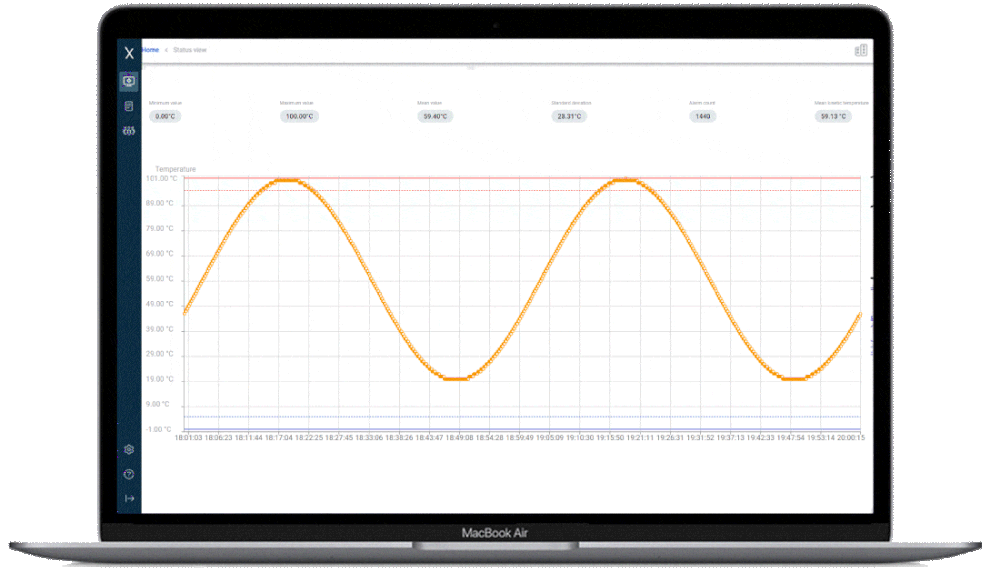Live Agent Environmental Monitoring System for Vivariums
24/7 Eyes on Your Vivarium
Maintaining proper vivarium conditions is critical for animal safety, well-being, and experimental reproducibility. XiltriX brings decades of environmental monitoring experience to your vivarium, ensuring your facility’s conditions are properly controlled.
Animal Safety Demands Serious Vigilance
Ensuring animals are kept in controlled conditions is not only good for the animals but also critical for your science. Demonstrating compliant vivarium conditions substantiates positive trial outcomes and provides the data needed for quality and compliance reporting. XiltriX delivers a reliable monitoring system through purpose-built hardware, software, and the SafetyNet team.
The Only Vivarium Monitoring System with Problem-Solvers Included
Our team is here to give you peace of mind. We’re on every escalation protocol and are available to provide expert guidance to help you diagnose, evaluate, and address any problem in your vivarium environment, especially in moments of high stress.
XiltriX Sensors & Integrations
| Vibration | rH&T |
| Light Intensity | Gasses |
| Airflow in Racks | Ammonia Levels |
| Differential Pressure (DP) |
+ Many More
Don’t see what you’re looking for? Contact our team to speak with an expert.
Vivarium Equipment Monitored by XiltriX
Ambient Conditions
XiltriX monitors ambient vivarium conditions vital for maintaining a stable and safe environment to ensure animal well-being and preserve the integrity of experimental results
-
Airflow in Racks: Proper airflow in animal racks is essential for maintaining a healthy environment. This monitors if the ventilation systems are working correctly.
Vibration: This is a potential source of animal stress. Excessive vibrations can affect animal behavior and the outcomes of experiments, making it crucial to maintain a low-vibration environment.
Gasses: Monitoring gas levels, such as carbon dioxide, ammonia, and oxygen, is important to ensure a safe and healthy environment for animals. Abnormal gas levels can lead to respiratory distress and other health issues in animals, impacting their well-being and the validity of experimental results.
Relative Humidity & Temperature (rH&T) Sensors: High humidity levels and variable temperatures in a vivarium can lead to issues such as mold growth, respiratory problems in animals, and asset degradation. Real-time monitoring of rH&T is essential to maintain a stable environment that supports animal health and experimental integrity.
Light Intensity
By programming parameter limits that follow an animal’s circadian rhythm, XiltriX ensures animals receive the appropriate light intensity at the right times. Multiple light sensors are strategically placed around the vivarium to ensure comprehensive coverage.
HVAC (Air Quality)
The HVAC system is critical for regulating air quality in vivariums. XiltriX monitors temperature, humidity, air exchange rates, and differential pressure to ensure that the HVAC system maintains optimal conditions, supporting animal health and the reliability of experimental results.
Related Content
You Handle the Science. We’ll Handle the Rex.
See how XiltriX safeguards your vivarium conditions in a personalized demo. We’ll answer your questions and tailor the presentation to meet your priorities.











